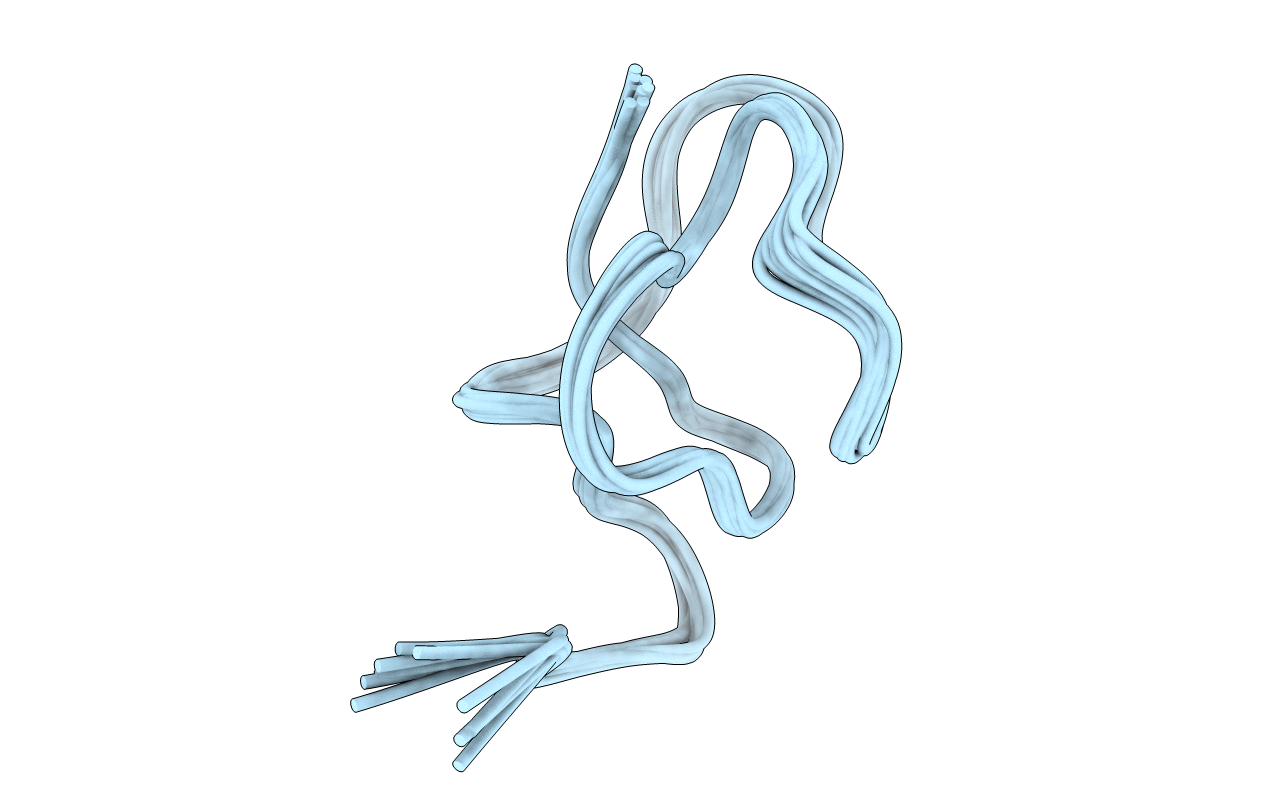
Deposition Date
2005-09-28
Release Date
2006-06-27
Last Version Date
2024-10-16
Entry Detail
PDB ID:
2B5B
Keywords:
Title:
A reptilian defensin with anti-bacterial and anti-viral activity
Biological Source:
Source Organism:
Caretta caretta (Taxon ID: 8467)
Method Details:
Experimental Method:
Conformers Calculated:
1000
Conformers Submitted:
10
Selection Criteria:
target function


